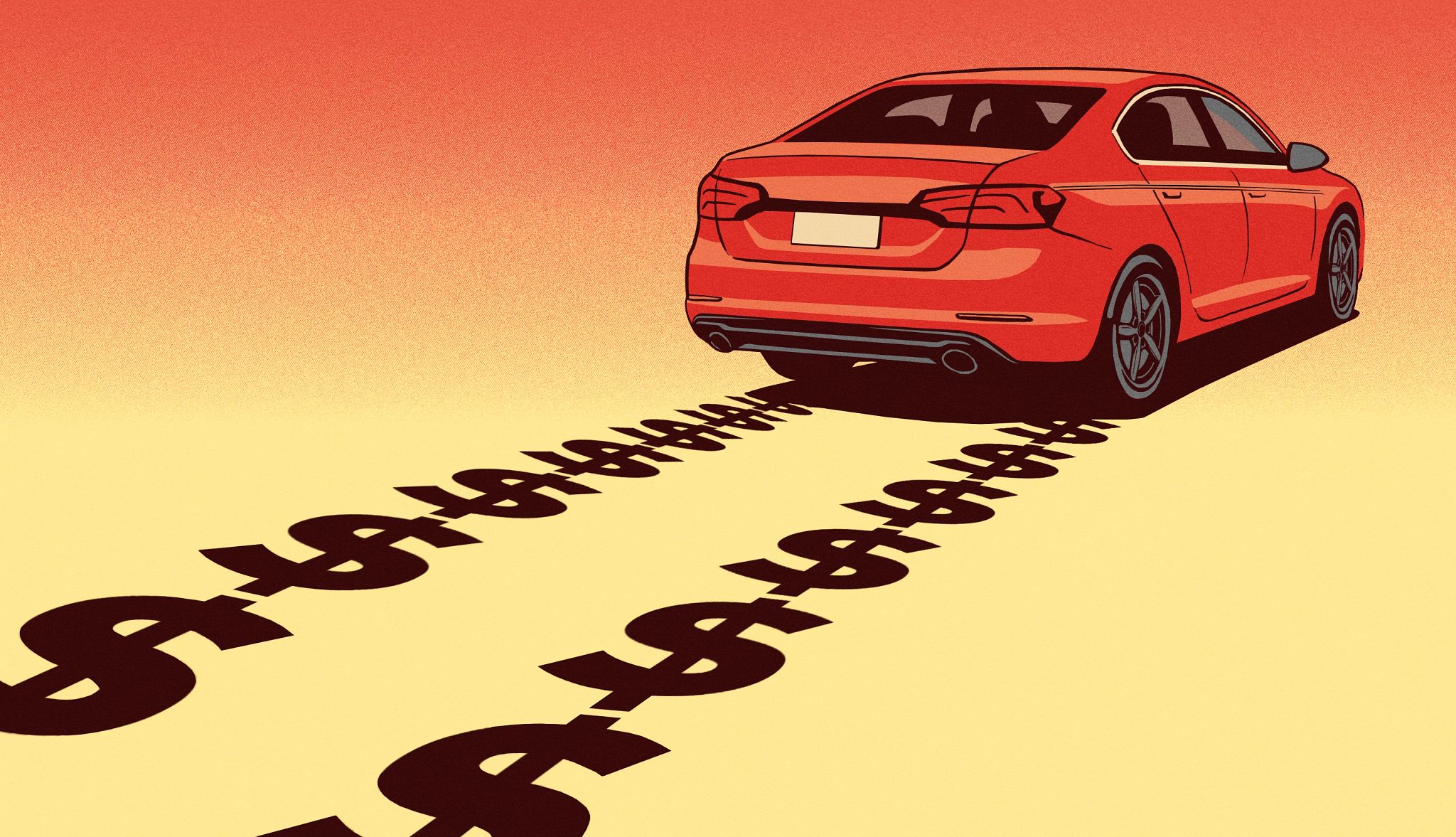AARP Hearing Center


You aren’t alone if you’re frustrated about your car insurance bill. Rates spiked after the COVID-19 pandemic created high inflation and drove up the price of vehicles, parts and repairs. They’ve only gone up from there, with full-coverage premiums increasing an average of 42 percent (from $1,633 to $2,313) from 2022 to 2024, according to a report from Insurify, an insurance comparison website.
An ongoing trade war with other countries could push insurance rates even higher, “especially for foreign or electric vehicles,” says Laura Longero, executive editor at CarInsurance.com, an auto insurance comparison website, as these vehicles rely on more parts and batteries from overseas. According to a recent Insurify forecast, car insurance premiums are projected to rise 4 percent by the end of 2025 due to tariffs.
It’s a frustrating time for car owners, but there are ways to take action. Implementing these proven strategies can help you pay less for car insurance in today’s market.
1. Review your coverage
Take the time to assess your policy with your insurance agent annually, recommends Longero. Your agent may find opportunities for discounts or ways to adjust your plan’s coverage levels to save you money.
“Life changes, and so should your coverage,” says Longero. “If you’re driving less, have paid off your car or moved, updating your policy to reflect your current situation can lower your premium.” If your adult children have moved out and no longer regularly drive your vehicles, you can save by removing them from your policies.
2. Explore discounts
Insurance companies offer a wide range of discounts. “You should ask your agent about what’s available, as many aren’t applied automatically,” says Erika Tortorici, owner of Optimum Insurance Solutions in Hamilton, Massachusetts.
Many insurers offer the following:
Electronic- and automated-payment discounts. You might qualify for a lower premium simply by enrolling in electronic billing statements, with savings typically anywhere from 4 percent to 10 percent, depending on the carrier.
Some insurance companies also offer a discount of about 5 percent for setting up automated payments depending on the carrier. “Carriers offer these discounts because automatic recurring payments can help you avoid missed or late payments,” says Katie Ekstrom, assistant vice president of auto product development at Travelers. If you have the cash, you might also be able to save money by paying premiums annually instead of in monthly installments.
Anti-theft device discounts. Adding anti-theft features and devices, like a car alarm or a stolen vehicle recovery system, could save you anywhere from 5 percent to over 20 percent of your premium, depending on the carrier and where you live.
Policy bundle discounts. Some insurers will give you a lower rate if you insure multiple vehicles with them, reducing premiums by about 10 percent to 25 percent. This includes cars, boats, RVs and motorcycles.
You can also save by buying several types of insurance from the same company, a setup known as bundling. For example, Progressive says new customers save more than 20 percent, on average, by bundling home and auto insurance; Nationwide says it offers discounts of up to 15 percent for bundling those policies; and State Farm reports that customers who bundle save, on average, $1,273 annually.
Low-mileage discounts. Retired or work from home? That probably means you drive less. Check whether your insurer offers a low-mileage discount.
Some insurers also offer pay-per-mile policies, where they charge a monthly base rate and a couple of cents for every mile driven.
Retired military discount. Your insurer might offer a discount, typically 10 percent to 15 percent, to thank you for your service in the armed forces.
Membership discounts. AARP members may qualify for up to 10 percent off auto insurance premiums from The Hartford. AAA members save 5 percent on premiums for buying AAA car insurance. Costco members receive a discount for buying insurance through its CONNECT program, supported by American Family Insurance. Insurers may also offer discounts to members of other groups, like professional organizations, unions and alumni associations.


































































More From AARP
25 Great Ways to Save on Car Costs
From car-buying to insurance to maintenance, here’s how to spend less on your vehicle
How to Reduce Your Car Expenses
Car costs are going through the sunroof. But there are ways to save
Should You Buy a Used Car From A Rental Agency?
Here's a look at the pros and cons